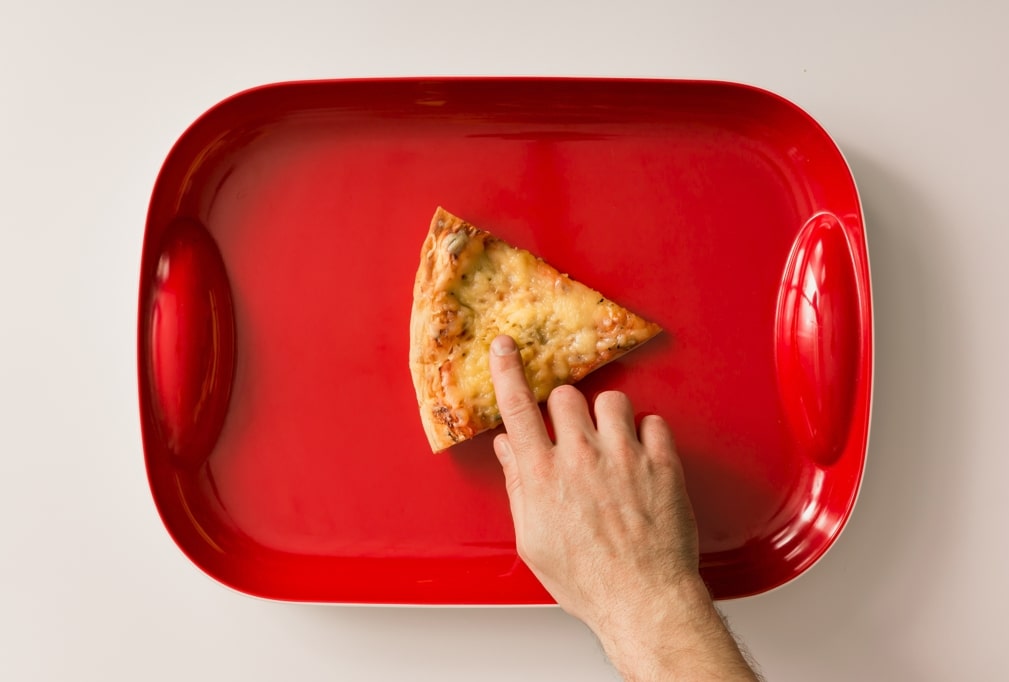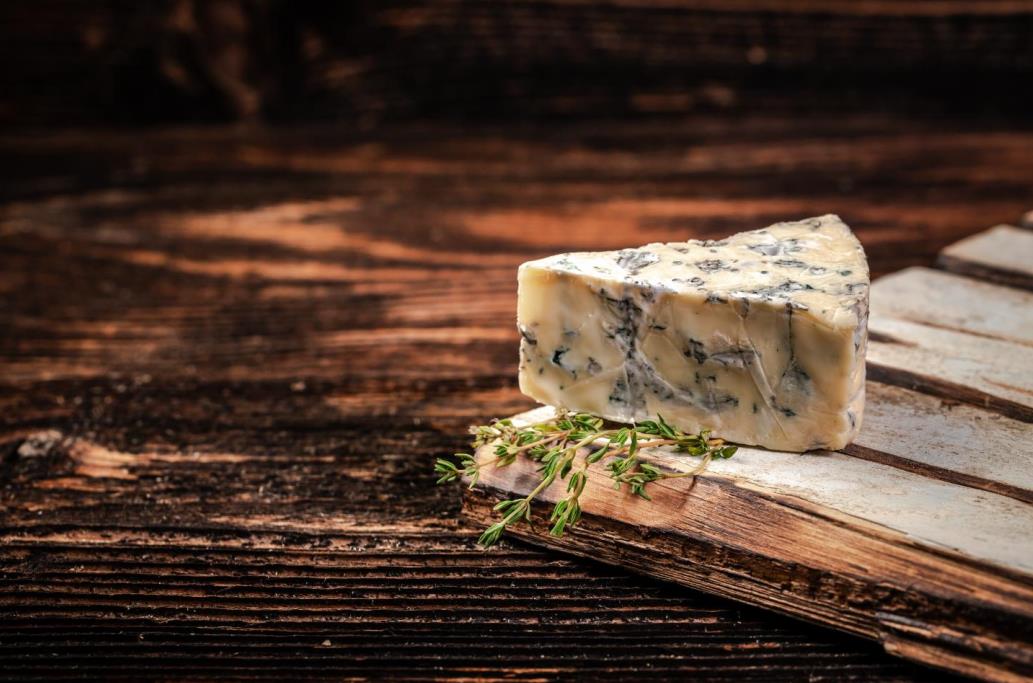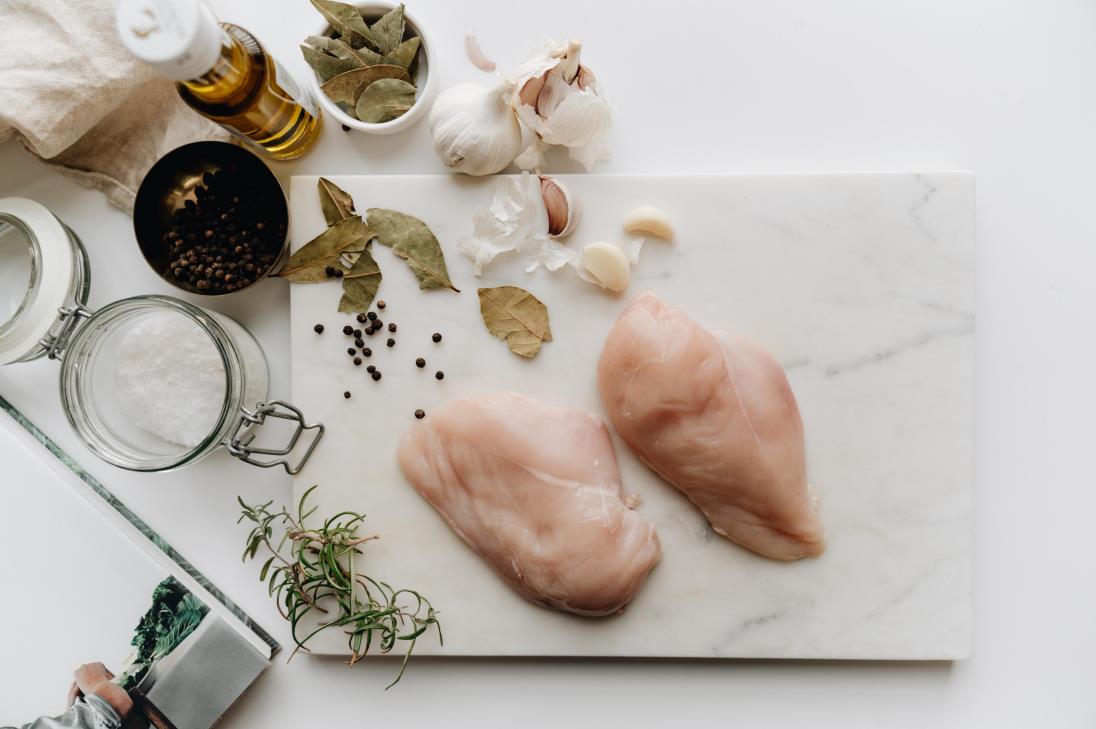The perfect cutting board material embraces form and function. You want something lasting, something that won’t wear down fast and potentially put your health at risk. Alder is a popular choice for many woodworking projects. Because it’s a hardwood material, many would deem it an ideal choice for cutting board use. But is alder good for cutting boards?
Alder doesn’t make the best cutting boards because it’s a soft hardwood with low shock and rot resistance. The Janka rating for alder is 590lbf, much lower than the desired 900lbf to 1500lbf range for cutting boards. Because of its softness, it’ll scratch and dent, develop grooves, and become a breeding ground for bacteria.
Still, some people find alder an acceptable alternative for cutting boards. It has an attractive grain pattern, offers a stable cutting surface, and can be stained to enhance its beauty. But there’s so much more benefit you can get from a cutting board made of hardwood, like maple or oak.
Continue reading to learn more about alder cutting boards, their pros and cons, and determine if it’s the suitable material for your boards.
Table of contents
What is alder wood?
Alders is a general term for a group of deciduous trees belonging to the genus Alnus. The tree is native to the Northern Hemisphere and can be found growing in moist woodlands, riversides, swamps, and other cool and wet places. The genus contains more than 35 species and is part of the family Betulaceae, which includes other hardwood trees like birch and hazelnut.

Alder wood falls under the hardwood category, but with a Janka hardness rating of just 590lbf, it’s one of the softest hardwoods available.
Handpicked for you
True cutting power in the palm of your hand
Alder wood characteristics
Most woodworkers would agree that alder is a great choice for making custom furniture items, kitchen cabinets and doors, musical instruments, and more. But what makes this wood so special? Below are some characteristics that make alder wood an attractive choice for woodworking projects.
- Lightweight: The density of red alder is 373 kg/m3, which makes it one of the lightest hardwoods around. Because of this, it’s easy to work with and can be cut, routed, shaped, and sanded without much effort. The light weight also makes it easier to transport and install.
- Evenly textured: Red alder has a uniform texture. The grain pattern is usually straight; however, it has sporadically occurring rays within the face grain, a common and most defining feature in almost all Alnus species.
- Easy to work with: Despite being hardwood, alder is considerably soft, meaning it’s easy to work with. You can shape, sand, and finish the wood with relative ease. Its low moisture content also means you can easily glue and attach pieces together.
- Accepts stain readily: Red alder is easy to stain and takes a variety of wood finishes nicely. Although it changes color to a reddish-brown after exposure to sunlight, the color change is usually even and looks good. So if you want to add a unique look to your woodworking projects, alder is the way to go.
- Diffuse porous: By definition, a diffuse-porous hardwood has an even distribution of pores throughout the entire ring of cells. The wood absorbs and releases moisture evenly throughout, making it a relatively stable material.
Alder wood as a cutting board material
The above features make it an attractive woodworking material, no doubt. But for a material to be considered suitable for cutting boards, it must have certain qualities. Below are the advantages and disadvantages of alder wood as a cutting board material.
Advantages
- Offers a stable cutting surface: Red alder is hard and provides a stable cutting surface for you to work with. The even distribution of pores gives it some stability against humidity changes and makes it less prone to warping or splitting.
- Easy on knives: Some kitchen knives have a tendency to become dull quickly when cutting hard materials, but with an alder cutting board, you don’t have to worry about that. Its softness makes it easier to cut, and the knife will stay sharp for longer.
- Easy to maintain: Red alder is easy to maintain. In most cases, you only need water, soap, and a soft sponge to clean it. Occasionally, you can apply food-grade mineral oil or beeswax to keep the board looking good.
Disadvantages
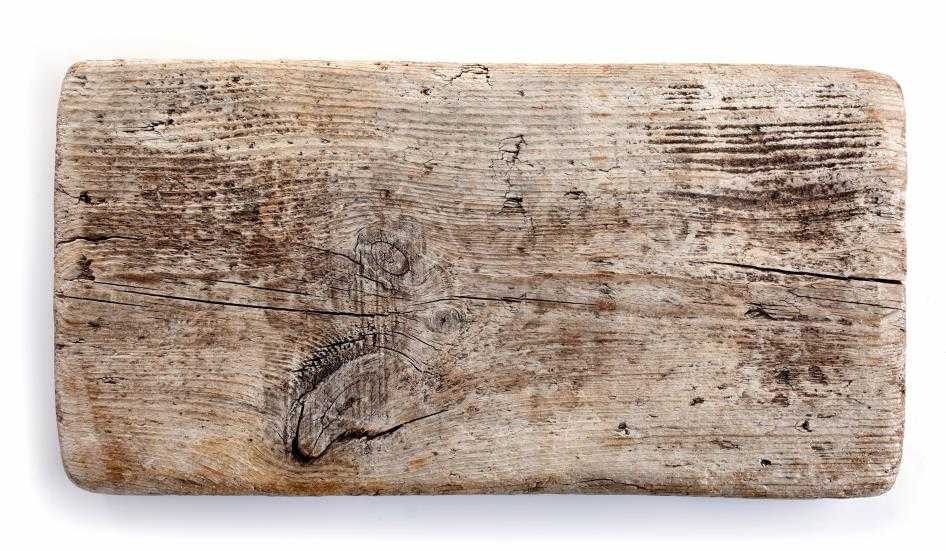
- Prone knife marks: Every time you cut on a red alder cutting board, it will leave a mark. Over time, the board’s surface can become uneven and lose its structural integrity. That’s quite unsightly, especially if you use it for food presentation.
- It can quickly become a health hazard: The nicks, dents, and crevices left on the board by knives can soon become breeding grounds for bacteria. Even standard cleaning and maintenance may not be enough to keep the board safe.
- Lacks rot resistance: Most alders lack rot resistance. While the wood has small to medium-sized pores, it can still be susceptible to rot in humid conditions. Prolonged exposure to water can also cause the wood to swell and warp.
- Sensitive to changes in temperatures: Most woods are sensitive to elements of heat and cold, but alder is particularly sensitive. Prolonged exposure to extreme temperatures can cause the wood to bend or swell and eventually distort.
- Quite expensive: You’d expect alder to be affordable because it proliferates in the wild and is usually quite plentiful. That’s partly true, but the prices for quality alder lumber can get relatively high.
Verdict: Is it good for cutting boards?
Let’s face it; alder isn’t a good material for cutting boards. It lacks many core aspects needed for a cutting board, such as durability and rot resistance. Food safety is a paramount concern; alder doesn’t guarantee that. You don’t want to use it as a cutting board, especially in places where sanitation is of utmost importance.
While some would argue that alder is easy on knives and doesn’t require much maintenance, it’s still not enough to make up for its other shortcomings. Aesthetics may be important, but you should always prioritize quality over looks when it comes to kitchenware and food safety. For instance, there’s no point in having a gorgeous alder cutting board if its structural integrity will be compromised after a few uses.
So which woods should you use for cutting boards? The following section will provide you with some better materials for the task.
Better wood for cutting boards
The first thing any chef must consider is the hardness of the wood. Harder woods are more resistant to damage, such as knife marks and wear. Some of the best options for cutting boards include the following:
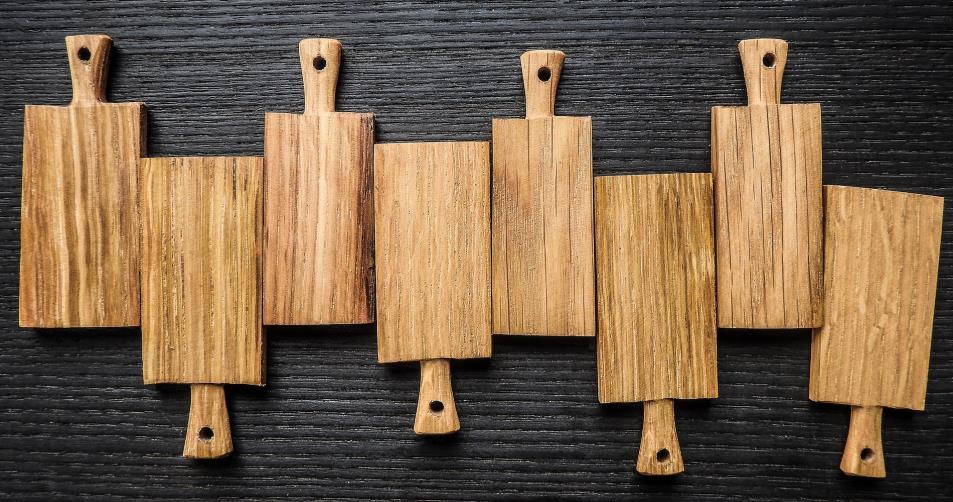
- Teak: The Janka hardness rating for teak wood is 1,070 lbf. The wood is hard enough to withstand the regular wear and tear from knife use. Moreover, it’s also soft enough and won’t dull your knives quickly.
- Acacia: Acacia is highly resistant to rot and has a Janka hardness rating that ranges from 1,500 to 2,000. The wood has a fairly tight grain, making it less prone to moisture and bacteria. However, always sharpen your knives after every use to reduce the risk of damage.
- Walnut: Another excellent option for cutting boards is walnut. This wood has a Janka rating of 1,010 lbf and boasts deep colors that can add character to your kitchen. It’s also durable and won’t be affected by knife marks as much as other woods.
Closing Thoughts
At HDMD knives, we always aim to provide the best quality advice regarding kitchenware, skills, and techniques. We understand the importance of cutting boards, and that’s why we strongly recommend avoiding alder for cutting boards. Opt for harder and more rot-resistant woods.
As you take the time to find the perfect cutting board for your kitchen, you can also check out our top-grade kitchen knives in the store.








